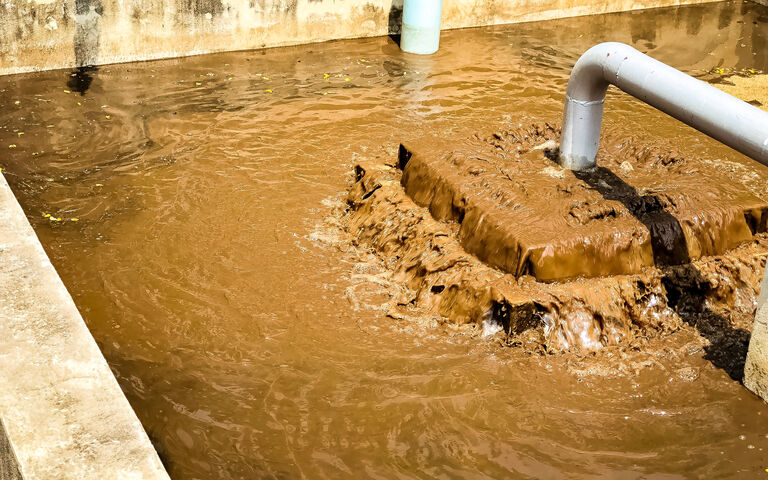
Sludge stabilisation
An overview of sludge stabilisation − alkaline stabilisation, lime and solids dosing, plus anaerobic and aerobic digestion
Your web browser is out of date.
Update your browser for better security, speed and to get the best experience on this website.
Stabilisation processes as applied to sludge are those which reduce its odour and putrescence (i.e. decay), and level of pathogenic organisms. This is generally achieved either chemically or biologically.

An overview of sludge stabilisation − alkaline stabilisation, lime and solids dosing, plus anaerobic and aerobic digestion
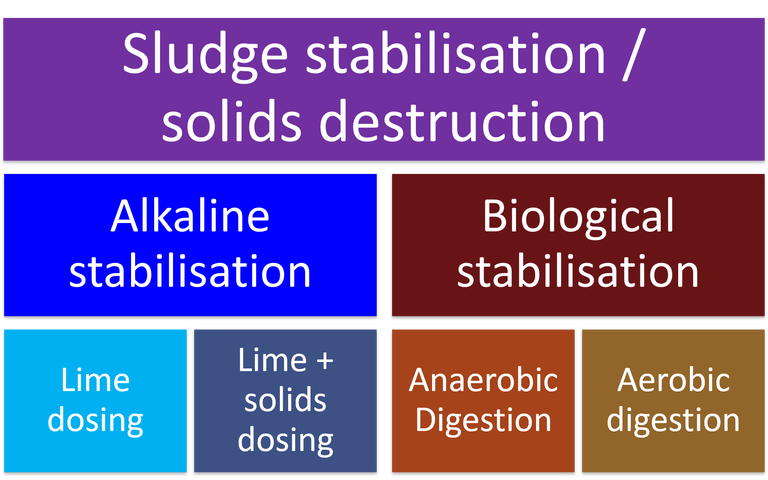
Stabilisation processes reduce the odour and putrescence of sludge, and level of pathogenic organisms
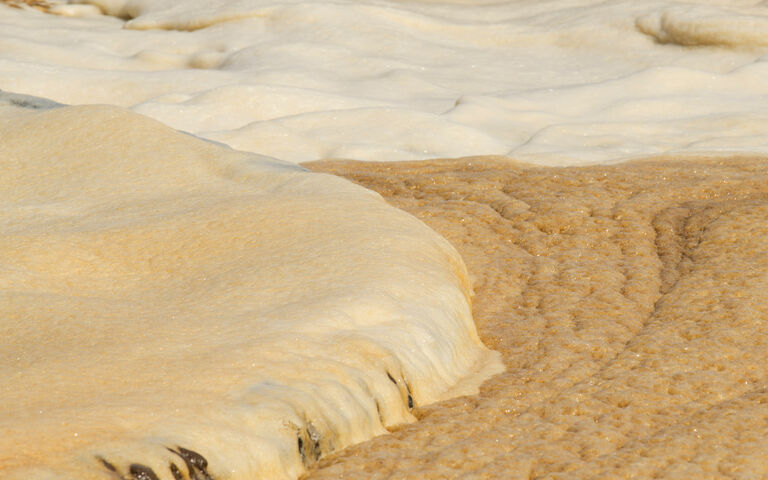
Alkaline stabilisation is a chemical method to reduce sludge odour and putrescence, and the level of pathogenic organisms
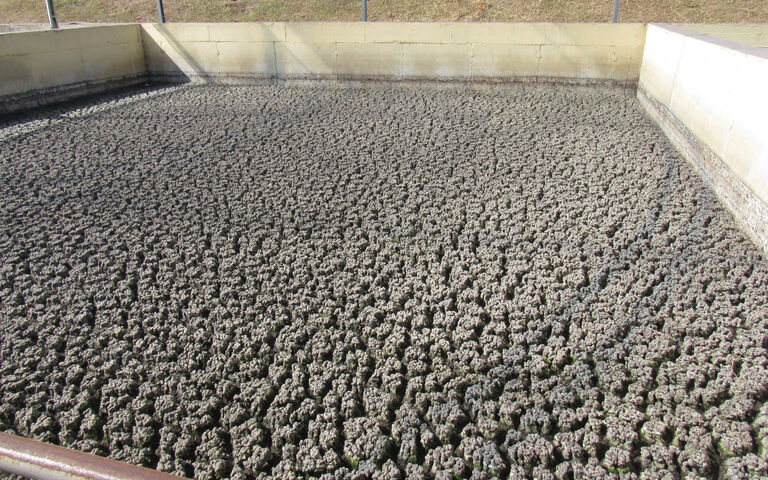
Chemical stabilisation of sludge reduces its odour, putrescence and pathogenic bacteria content
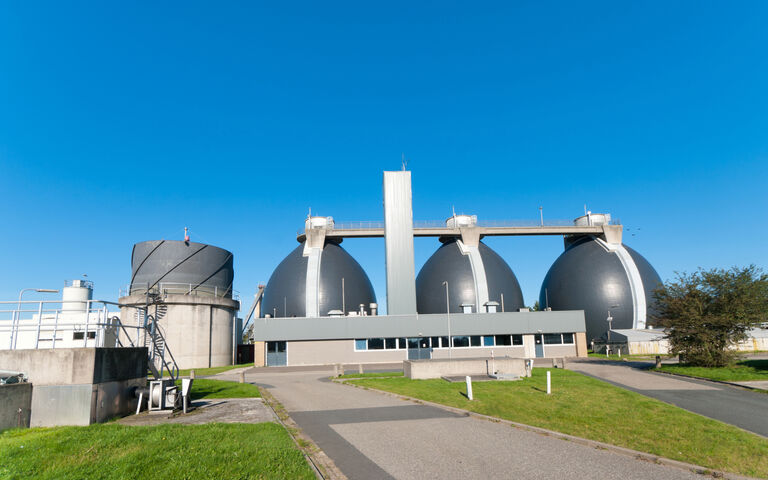
An overview of anaerobic digestion − an introduction to sludge processing AD theory
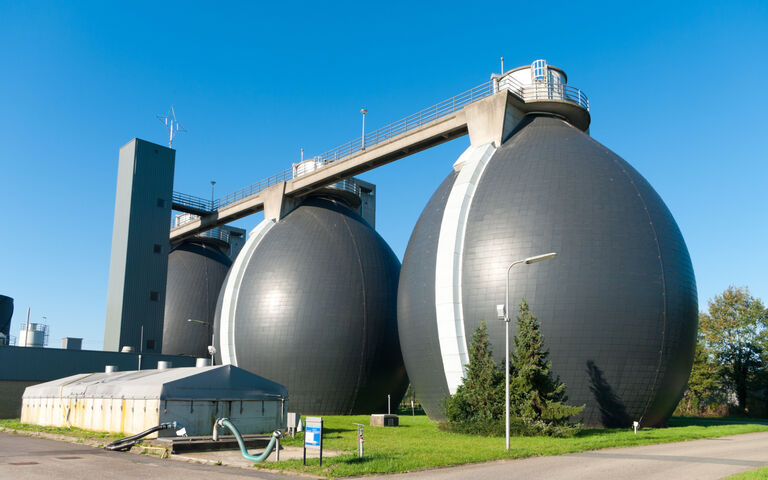
Anaerobic digestion (AD) is the most extensively employed sludge stabilisation process, and generates a methane gas product
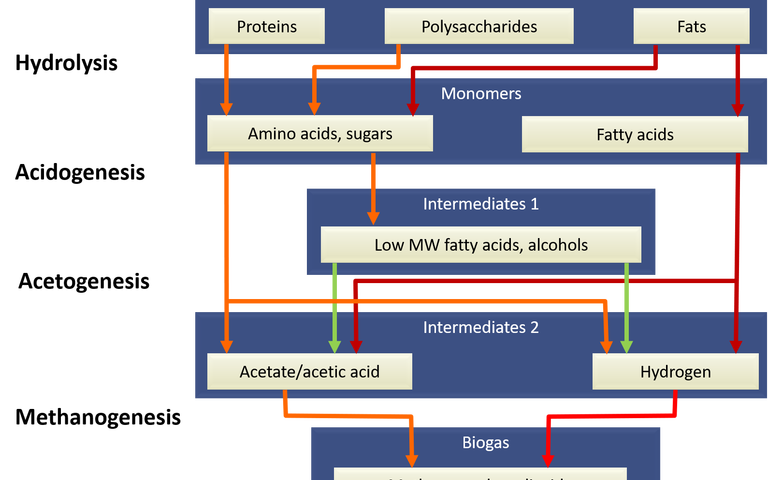
Anaerobic digestion is a multi-step biochemical process comprising hydrolysis, acidogenesis, acetogenesis and methanogenesis
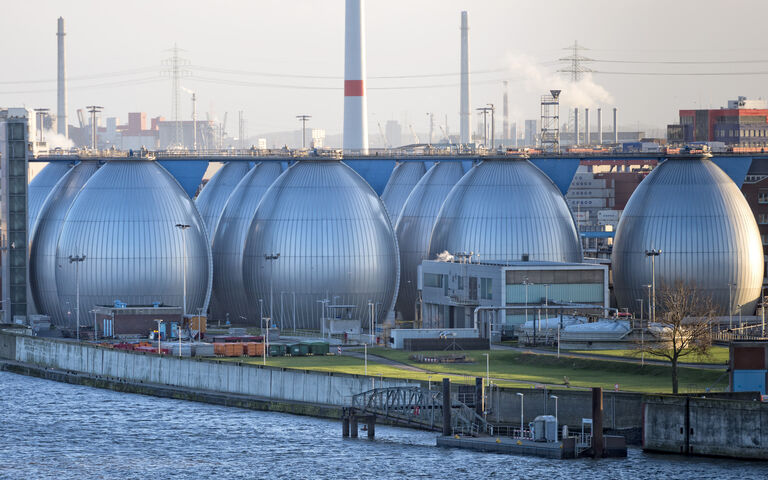
Anaerobic digestion can be a single or multiple tank process, and employ different conditions of stirring and temperature
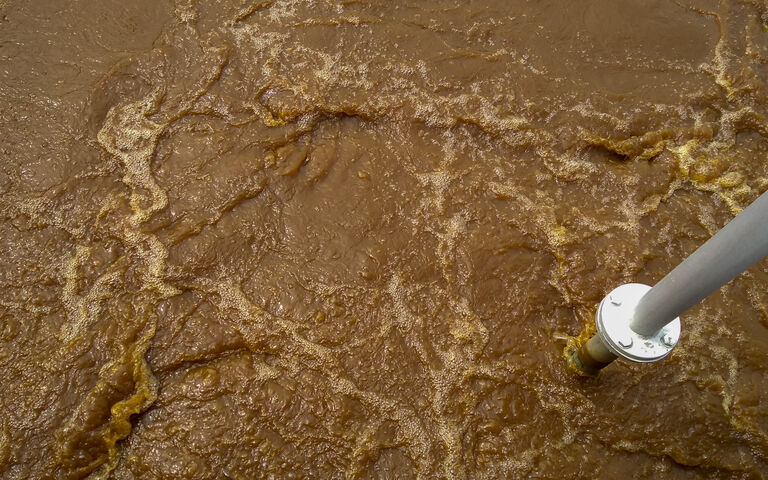
Pretreating sludge upstream of the anaerobic digestion is sometimes carried out to improve the sludge biological treatability

Anaerobic digestion can be conducted at moderate (mesophilic) or elevated (thermophilic) temperature conditions
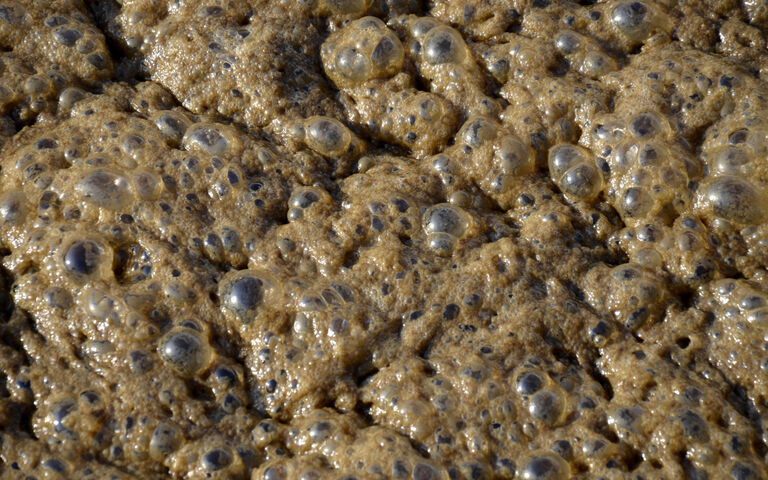
Two widely recognised operational challenges to anaerobic digestion operation are foaming and over-acidification
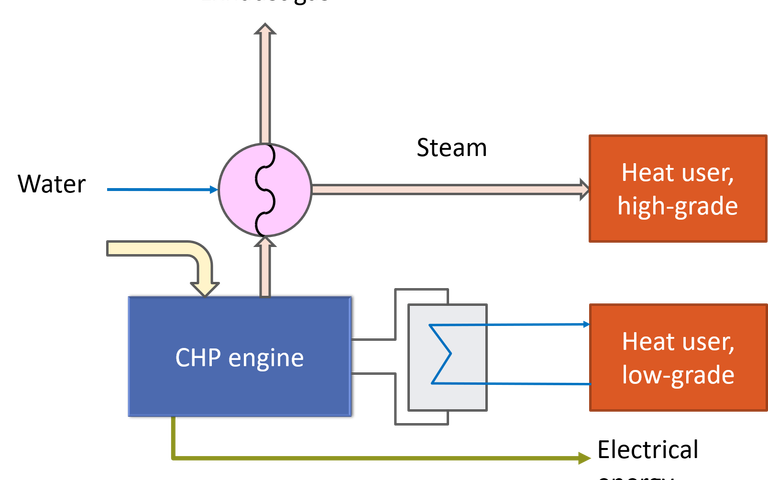
Anaerobic digestion generates a biogas containing 50-60% methane which can be used to generate heat and electrical power

The digestate is the residual slurry, containing up to 20% solids, generated from the anaerobic digestion process

The supernatant is the liquid stream generated from anaerobic digestion process and has a high nutrient content

An overview of aerobic digestion and sludge composting

Aerobic digestion is the degradation of the organic sludge solids in the presence of oxygen

Composting is a type of aerobic digestion. The most established method for composting is through the use of windrows
Video demonstrating the CAMBI THP and anaerobic digestion process to produce biogas.
Alkaline stabilisation reduces the sludge odour, putrescence and pathogenic organism content by raising its pH using lime
AD stabilises the sludge biologically in the absence of air, producing a useful biogas while biodegrading the organic solids
Aerobic digestion is the degradation of the organic sludge solids to carbon dioxide in the presence of oxygen
Alkaline stabilisation reduces the sludge odour, putrescence and pathogenic organism content by raising its pH using lime
AD stabilises the sludge biologically in the absence of air, producing a useful biogas while biodegrading the organic solids
Aerobic digestion is the degradation of the organic sludge solids to carbon dioxide in the presence of oxygen
Thickening, dewatering and drying extract water from sludge to reduce the sludge volume
Thermochemical methods are used to either significantly reduce the sludge solids content or pre-treat sludge upstream of AD
Sludge is the main waste stream from the treatment of wastewater